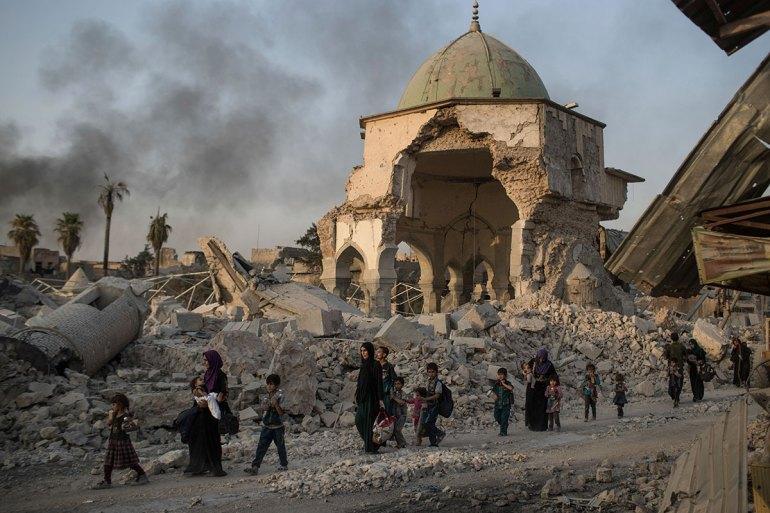Iraqi authorities found five large bombs hidden in the historic al-Nuri Mosque, leading to evacuation for bomb disposal.
Five large bombs were discovered hidden in the walls of the historic al-Nuri Mosque in Mosul, remnants of ISIL’s rule. The mosque, known for its leaning minaret, was destroyed by ISIL in 2017 and has been a focus of UNESCO's restoration efforts since 2020.
The UN cultural agency uncovered five large explosive devices inside the Prayer Hall wall, prompting Iraqi authorities to secure the area. One bomb has been defused, while the remaining four will be safely disposed of soon.
Following the discovery, reconstruction operations were suspended, and the entire complex was evacuated. The mosque holds significance as the place where ISIL leader Abu Bakr al-Baghdadi declared a caliphate, leading to its destruction during the Mosul liberation battle.
Mosul continues to face challenges in clearing explosives and rebuilding post-conflict. Efforts supported by the UN aim to revitalize the city, but much of the old city remains in ruins. UNESCO targets completion of al-Nuri Mosque's reconstruction by December, aiming to erase the remnants of ISIL occupation.
ISIL, though no longer controlling land, remains active in recruiting and carrying out attacks globally. Despite losing leaders, the group poses a threat with recent deadly incidents in Iran and Russia.
Source: ALJAZEERA
ALJAZEERA MEDIA NETWORK
